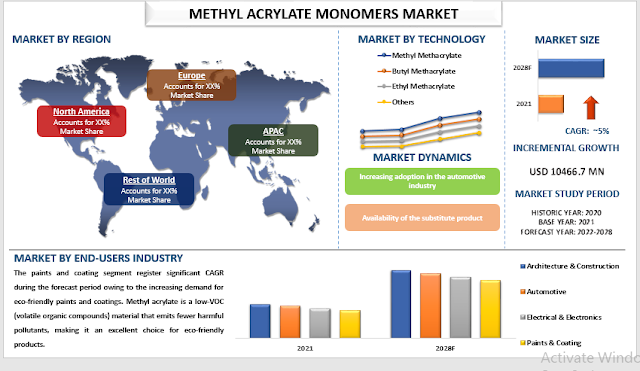A wide variety of functional ceramics are used in the industry these days. As functional ceramics are used due to their properties such as high strength, hardness, and wear resistance, as well as their ability to conduct heat and electricity. The reason for the development of functional ceramics is high dependency of industries such as electrical & electronics, medical, insulation materials, dielectric substances, magnetic materials, piezoceramic materials, and anti-bactericidal materials. The development and advancement of functional ceramics continue to be an active area of research and innovation, as they have the potential to revolutionize many fields of technology.
𝐓𝐨 𝐆𝐞𝐭 𝐈𝐧𝐬𝐢𝐠𝐡𝐭𝐟𝐮𝐥 𝐑𝐞𝐬𝐞𝐚𝐫𝐜𝐡, 𝐑𝐞𝐪𝐮𝐞𝐬𝐭 𝐏𝐃𝐅 𝐂𝐨𝐩𝐲 - https://univdatos.com/get-a-free-sample-form-php/?product_id=37835
Additionally, many small-scale
startups or projects are being done to increase the production rate of
functional ceramics using smart technology is done to upgrade the look for
toilets, sink ware, dishware, and others. In addition, the smart and intelligent
toilet market offers contemporary trendy designs, superior technology, and
flawless performance.
Furthermore, the demand for smart
bathrooms, especially in urban areas and among rising affluent Indians, is
increasing significantly as consumers move towards the trend of energy
conservation adoption and maintaining high standards of hygiene. Also, spanning
a range of styles, each rich in texture and rendered the need for the growth of
the functional
ceramic market.
Moreover, functional ceramics are used
for other multiple reasons as well such as Electronic Insulation Material;
Dielectric Substance; Magnetic Ceramic Material; Piezoceramic Material;
Anti-Bactericidal Ceramic Material.
Conclusion:
The
functional ceramics industry has witnessed rapid expansion over the last few
years, with big players acquiring emerging small companies or companies
launching new products or doing business expansion in the field of functional
ceramics. Further, investments, mergers, and acquisitions in functional
ceramics have also increased over the past few years and so is the adoption
rate in multiple industries. Contact UnivDatos
Market Insights,
a rapidly growing dynamic market research firm led by a core of dedicated
professionals for further information. According to the Universal Data
Solutions analysis, the development of advanced technologies would massively
transform the global scenario of functional ceramics and as per their “Functional
Ceramics Market” report, the global market was valued at USD 232.84 billion
in 2021, growing at a CAGR of 17% during the forecast period from 2022 - 2028
to reach USD XX billion by 2028.






